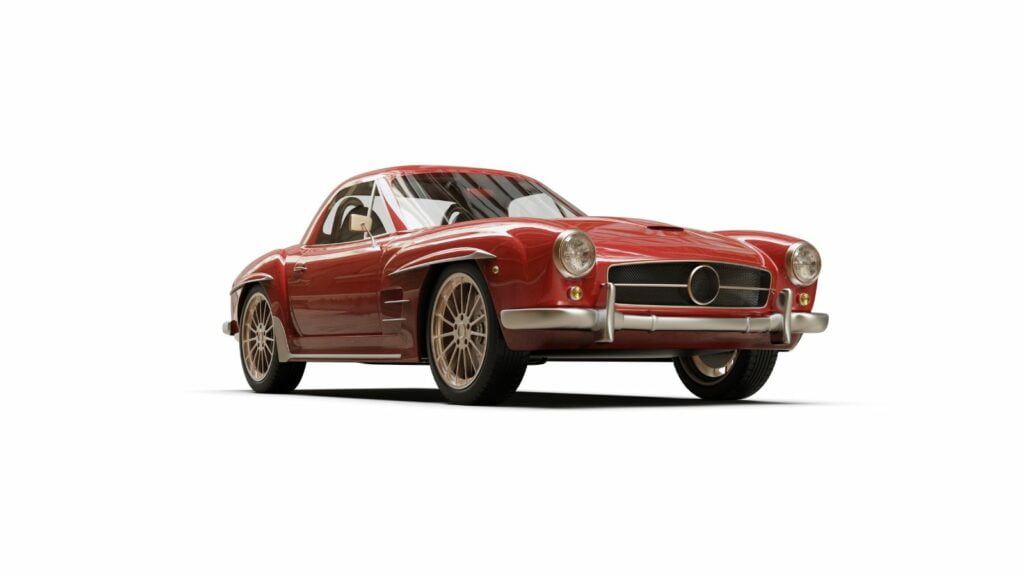While today’s vehicles may boast touchscreen dashboards and Bluetooth capabilities that help you skip those dreaded top-40 songs, there’s something irreplaceable about the older generation of cars. Why are some vintage vehicles still revered as the gold reliability standard? Part of it is engineering, and part of it is building quality. Here are 25 vintage vehicles that outperform newer models.
Toyota Land Cruiser (FJ40)

The Land Cruiser FJ40 was the workhorse of the 1960s and ‘70s. It’s built like a tank, designed to tackle any terrain, from deserts to mountain trails. With its inline-six engine, the FJ40 is notorious for outlasting nearly everything on wheels. Want to cross a continent? This beast will get you there.
Volkswagen Beetle (Type 1)
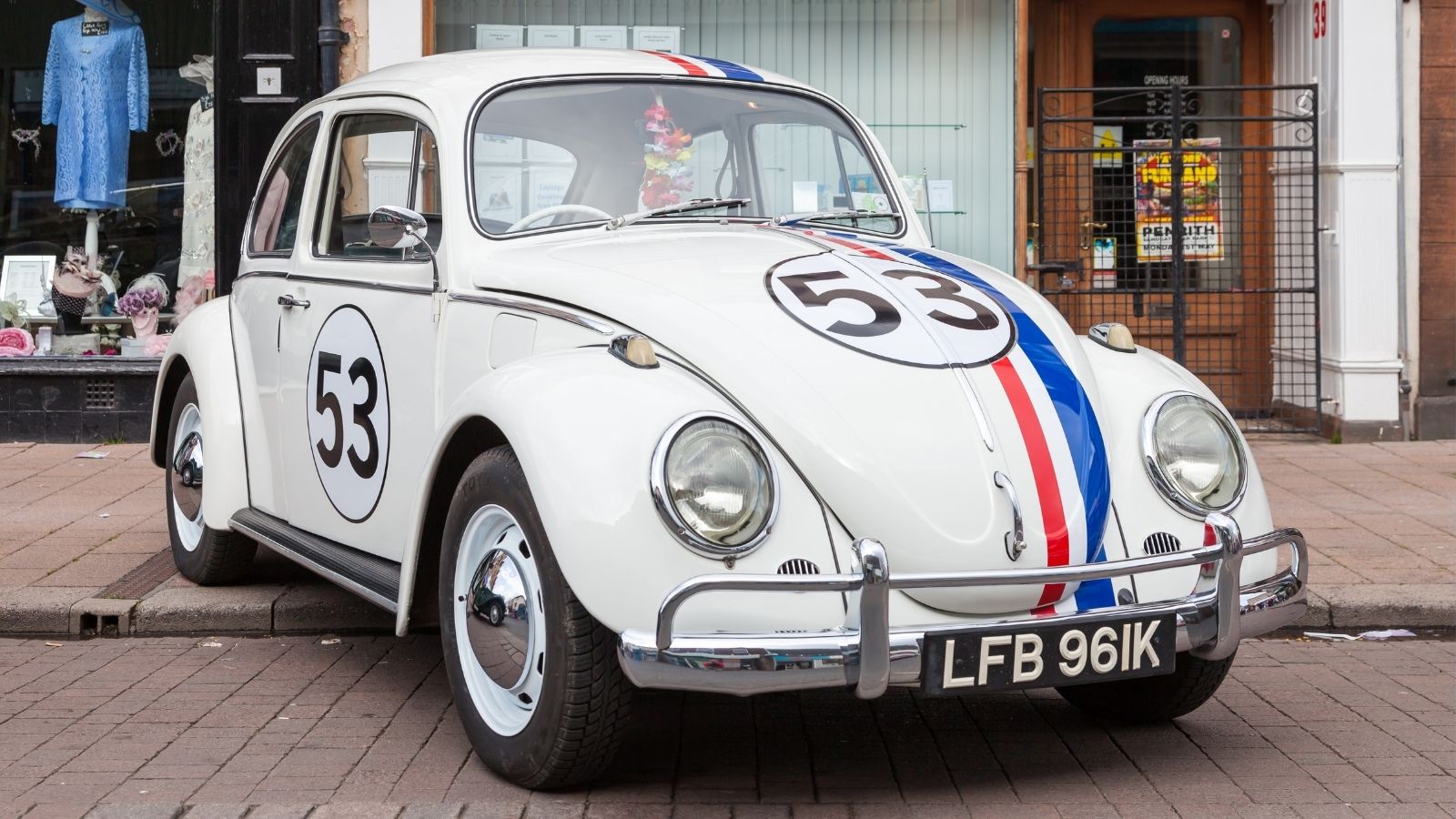
The classic Beetle is the epitome of simple, durable engineering. With an air-cooled, rear-mounted engine and a design that barely changed for 65 years, it’s no wonder these cars are still zipping around. Sure, they don’t have the speed of a modern turbocharged sedan, but when it comes to reliability, the Beetle’s no-fuss engine design made it nearly indestructible.
Mercedes-Benz W123
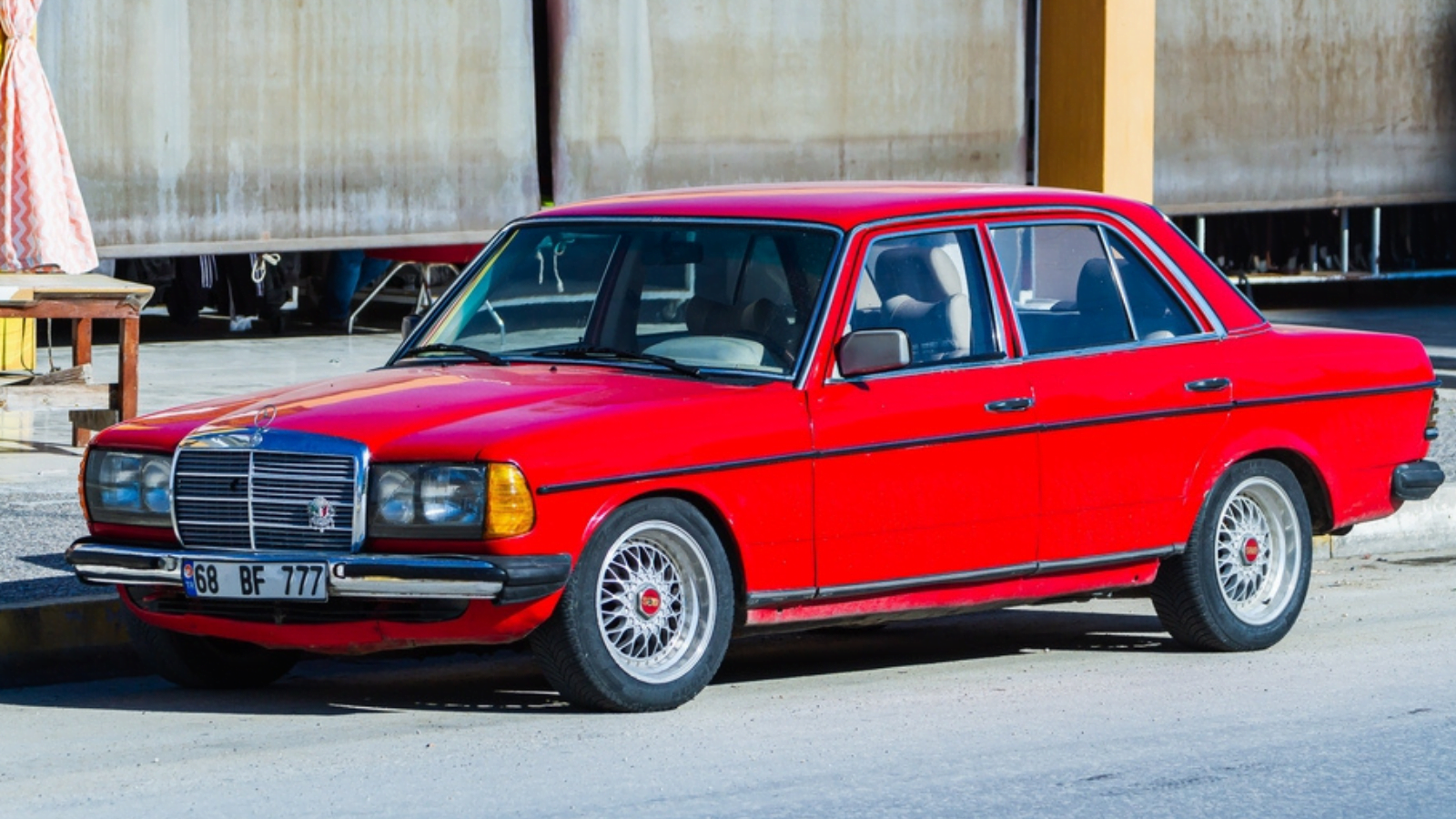
The Mercedes-Benz W123 is regarded as one of the most reliable cars ever built. Introduced in 1976, this luxury sedan became the epitome of German engineering. Its diesel engines, especially the 240D, are known for racking hundreds of thousands of miles without sweat.
Chevrolet Chevelle SS (1970)

The Chevelle SS is the muscle car your dad wishes he never sold. It’s not just about brute power—though with an optional 454 cubic-inch V8, it has plenty of that—it’s about simple, durable engineering. This classic, from the peak of the muscle car era, continues to outperform its modern counterparts in terms of reliability.
Ford Bronco (1966-1977)
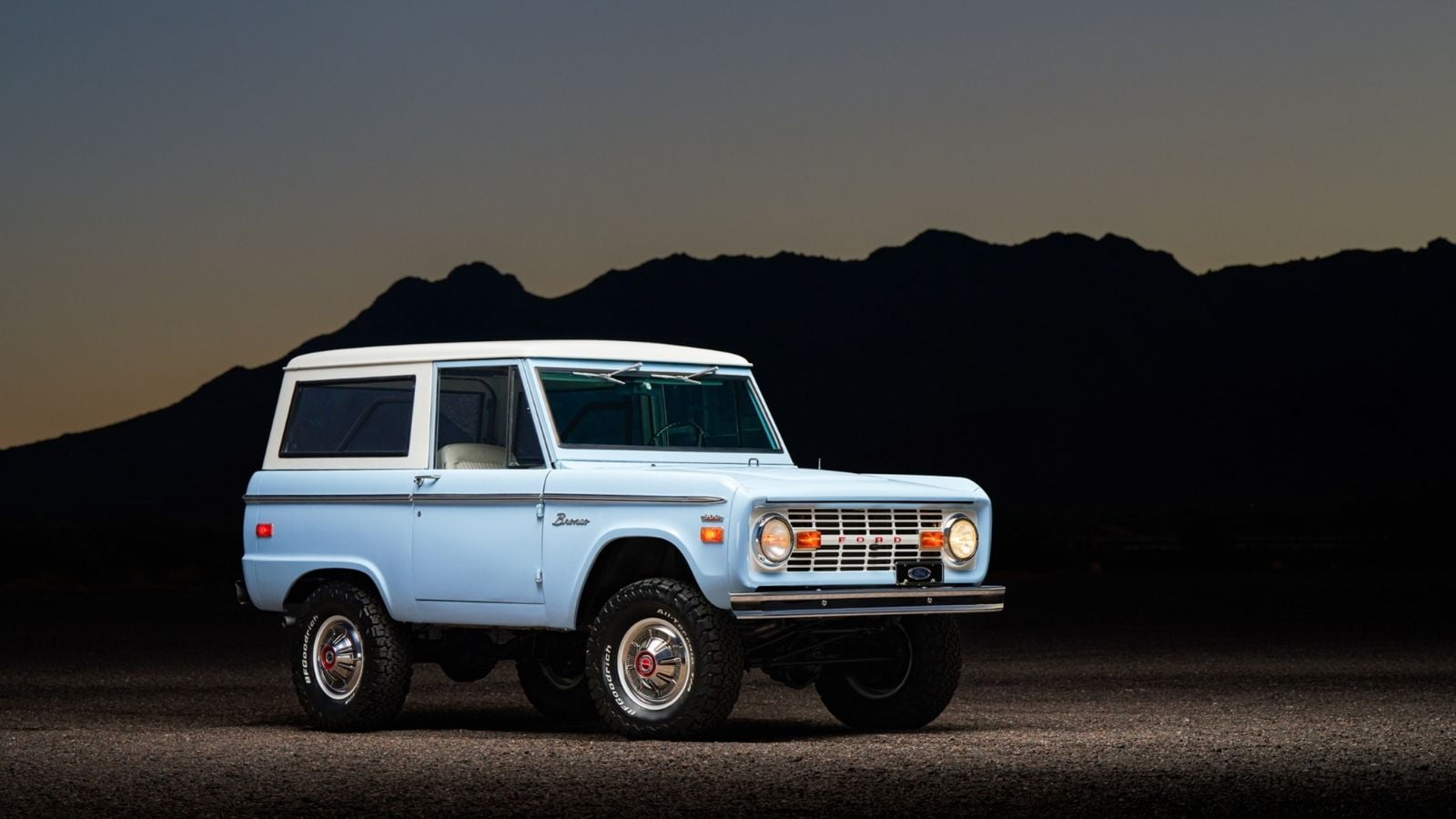
Before the Bronco became synonymous with high-speed freeway chases, it was a simple, tough-as-nails off-road vehicle. The first-gen Bronco is the Swiss Army knife of cars—it could do everything. Whether hauling lumber or taking on mountain trails, the Bronco’s solid axle design and sturdy V8 engines make it one of the most reliable vintage SUVs.
Jeep CJ-7
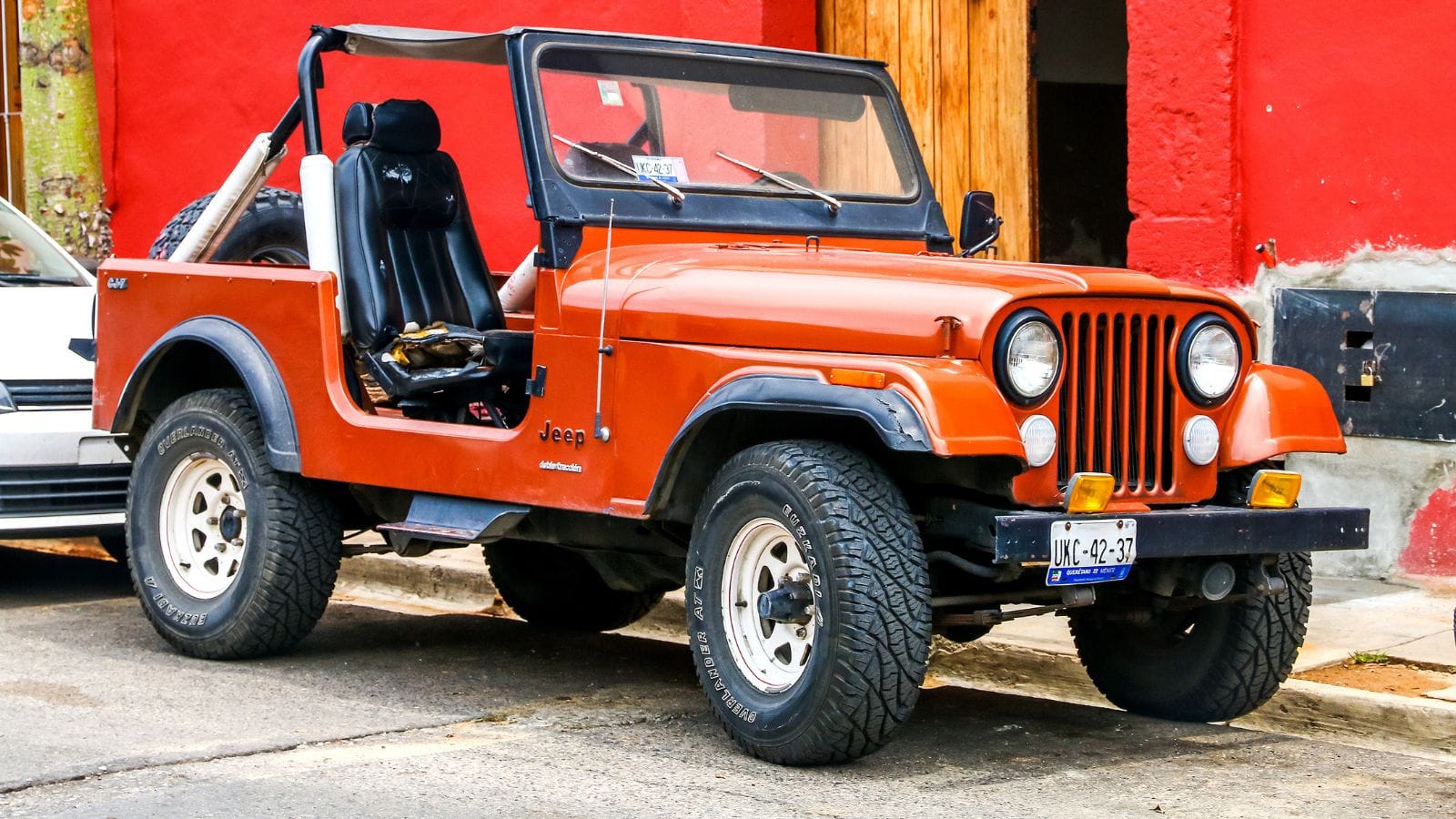
Introduced in 1976, the CJ-7 is simple, rugged, and has minimal frills—just what you need in such a vehicle. Jeep enthusiasts especially loved its Quadra-Trac 4×4 system, which provided full-time four-wheel drive without locking and unlocking the front hubs manually. Plus, powered by AMC straight-six engines, the CJ-7 could survive nuclear winters, zombie apocalypses, and probably a fall into a ravine.
Porsche 911 (1964-1989)
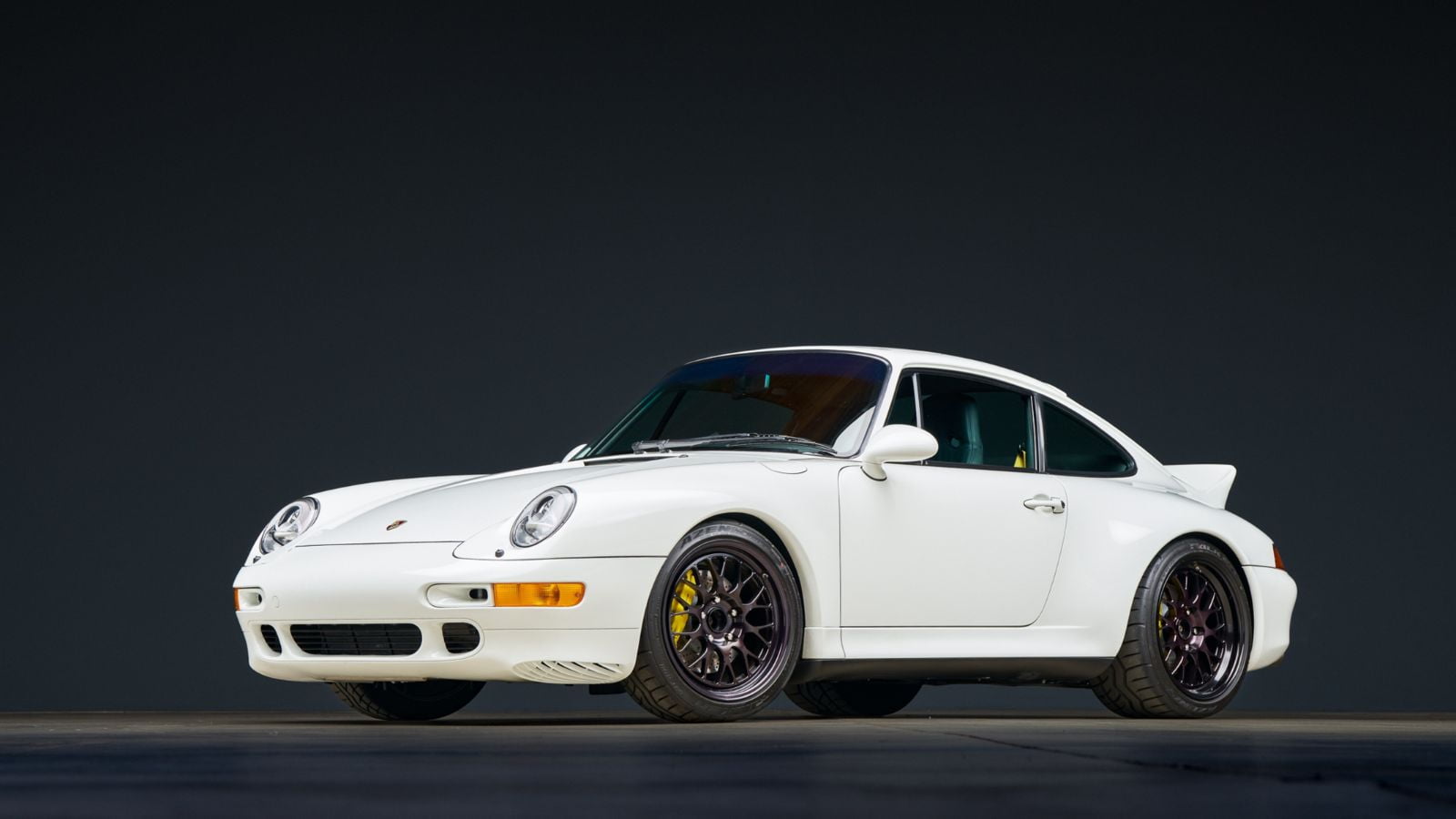
The Porsche 911 is often imitated but never duplicated. This rear-engine sports car became a legend for its precision handling. Originally named the 901, a trademark dispute with Peugeot led to the change to 911. The 911 evolved through several iterations, including the classic short-wheelbase models of the 1960s, the longer-wheelbase “G Series” from 1974, and the introduction of turbocharged variants like the 911 Turbo (930) in 1975, offering 260 horsepower.
BMW E30 (1982-1994)
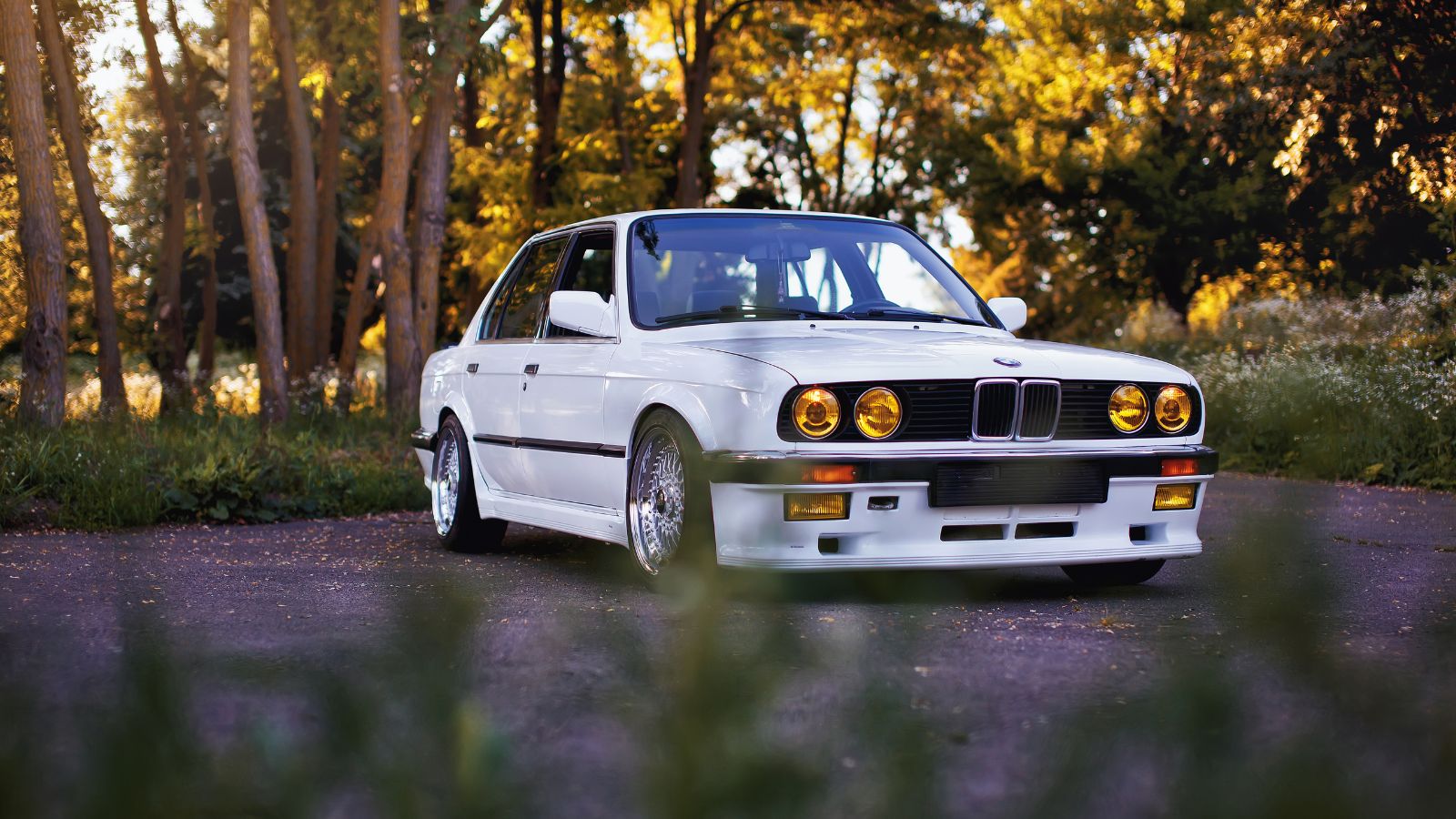
The E30 is the godfather of modern BMW performance cars, known for its exceptional handling, precise steering, and legendary inline-six engine. One of the car’s most famous versions is the E30 M3, a high-performance variant created for racing homologation, featuring a 2.3L four-cylinder engine. The E30 was one of the first BMWs to offer all-wheel drive (325iX) and is also noted for introducing BMW’s famous design cues like the Hofmeister kink and kidney grilles. Many E30s are still on the road today.
Ford Mustang (1964-1973)
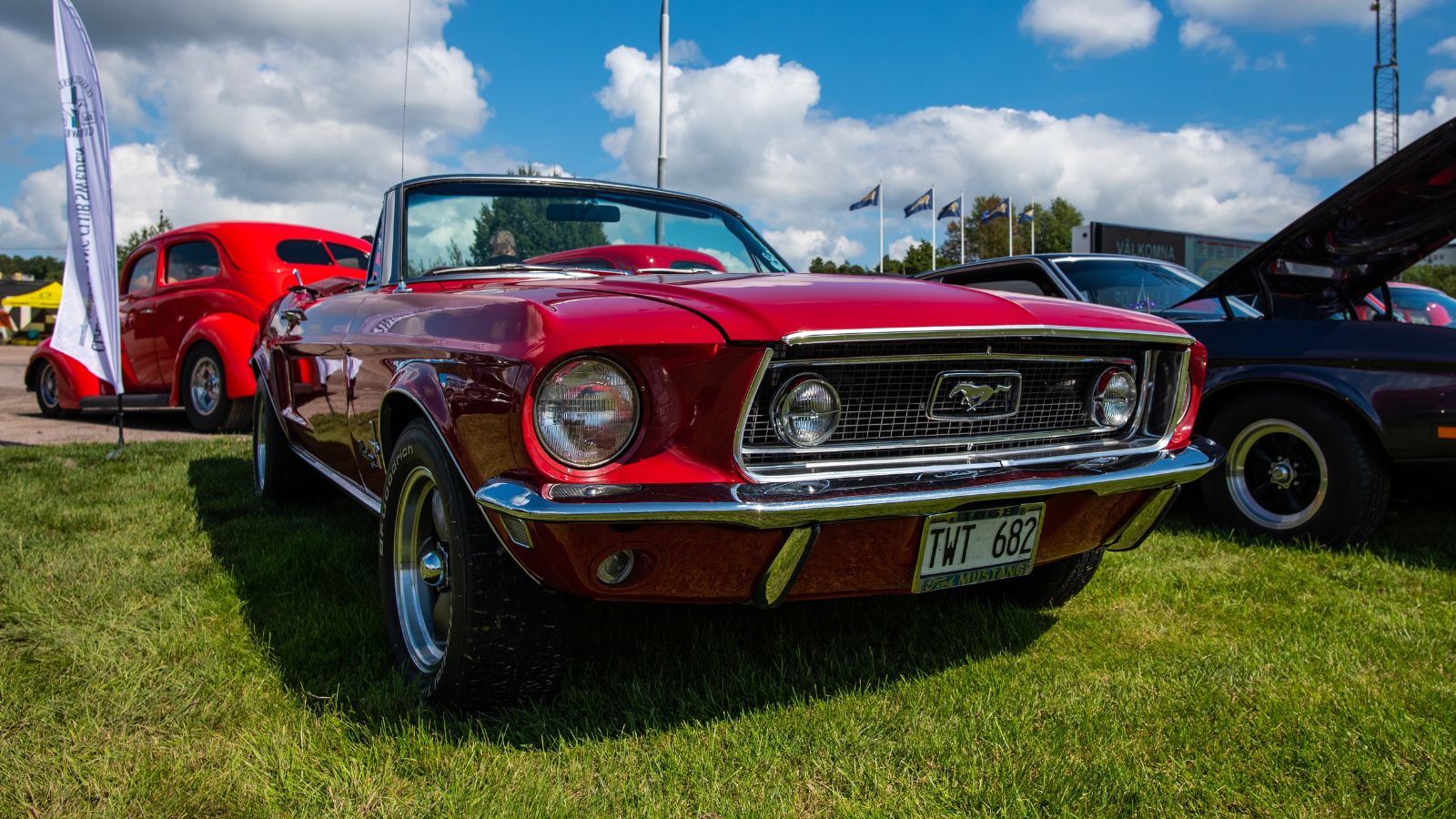
The original Ford Mustang is an icon. From its debut in 1964, it became the poster child for American muscle. By 1965, the GT package added dual exhausts and disc brakes, making it a true performance machine. In 1967, the Mustang grew larger to accommodate bigger engines like the 390-cubic-inch V8. But the pinnacle of performance came with the 1969-1970 Boss 302 and Boss 429 models, purpose-built for racing.
Datsun 240Z
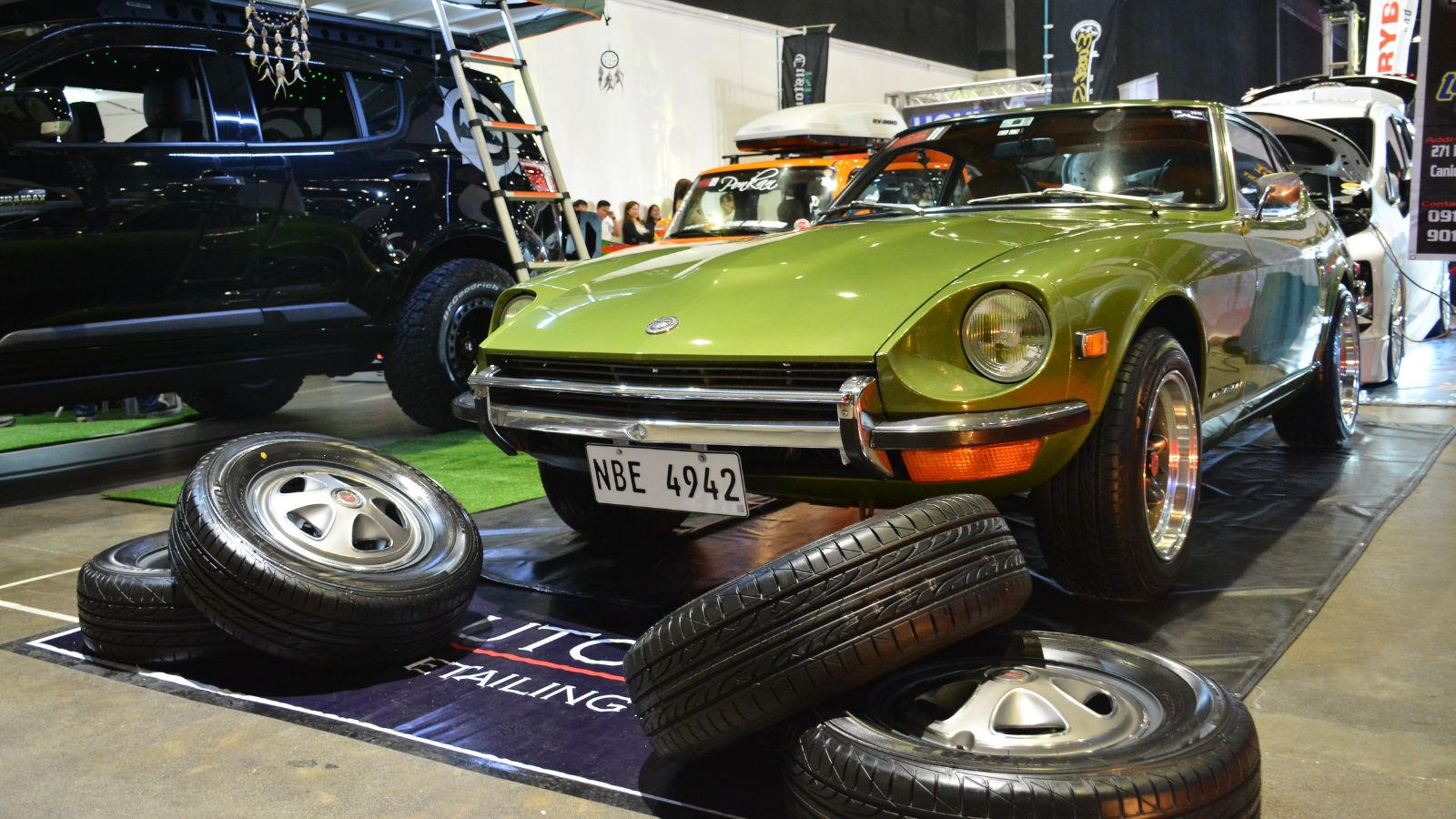
Introduced in 1969, the Datsun 240Z combined reliability, performance, and affordability in one sleek package. With a sleek design inspired by European cars like the Jaguar E-Type, it was a major hit in the US market. It also came with a 2.4-liter inline-6 engine producing 151 horsepower, allowing it to reach 0-60 mph in around 8 seconds—pretty impressive for the time. The 240Z’s independent rear suspension and front disc brakes added to its performance credentials.
Chevrolet C10 (1967-1972)
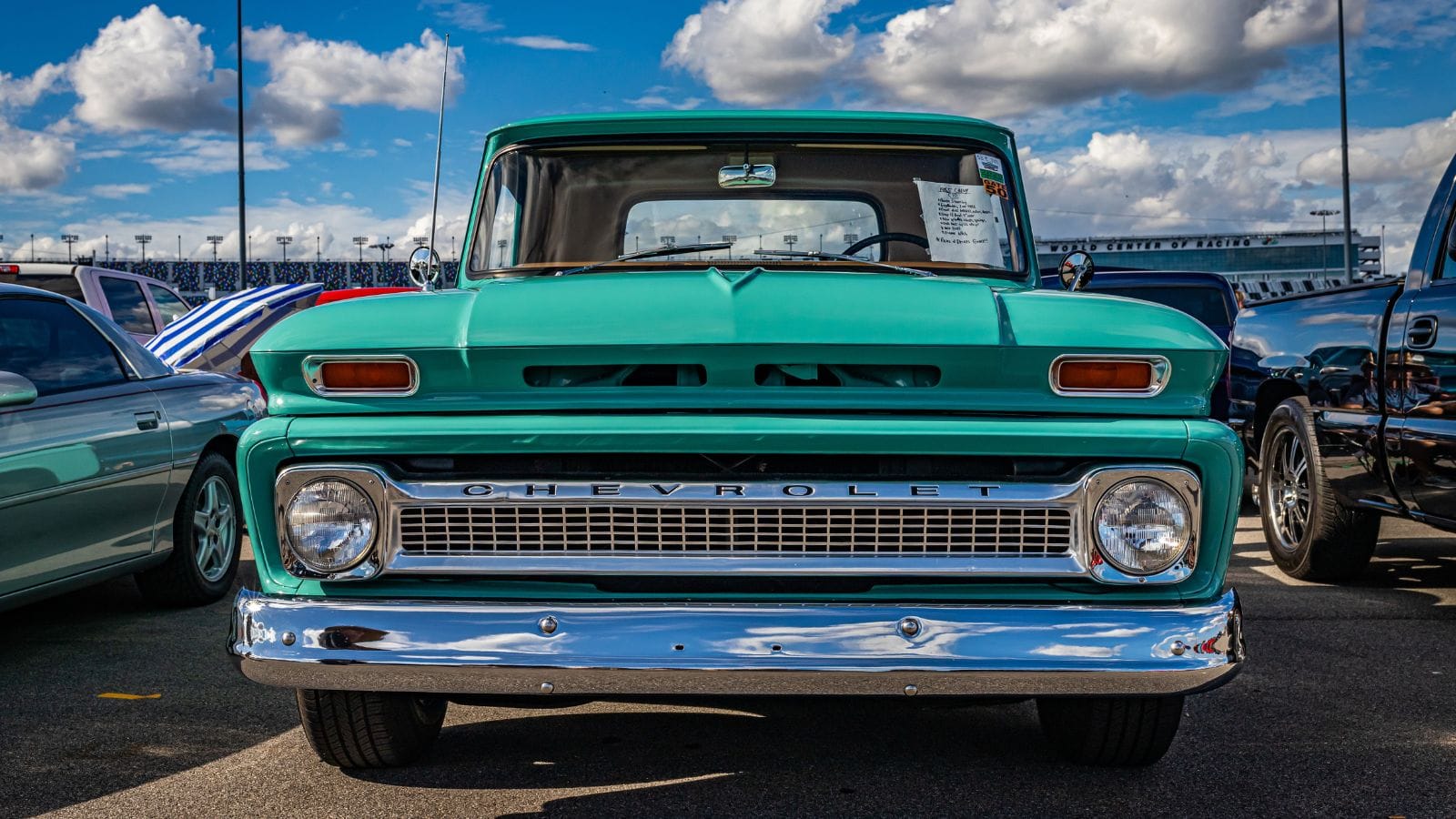
The Chevy C10 pickup is the truck that Grandpa’s around the country swears by. The “C” in C10 denoted a two-wheel-drive model, while the “10” represented its half-ton weight class. Also, the iconic “Action Line” trucks (1967–1972) particularly became known for their clean, timeless design, durable chassis, and customizable options like the Cheyenne trim package. Powertrain options ranged from straight-sixes to V8 engines. And the C10’s blend of utility and style helped it secure a lasting legacy in the classic truck world.
Toyota Hilux (1978-1983)
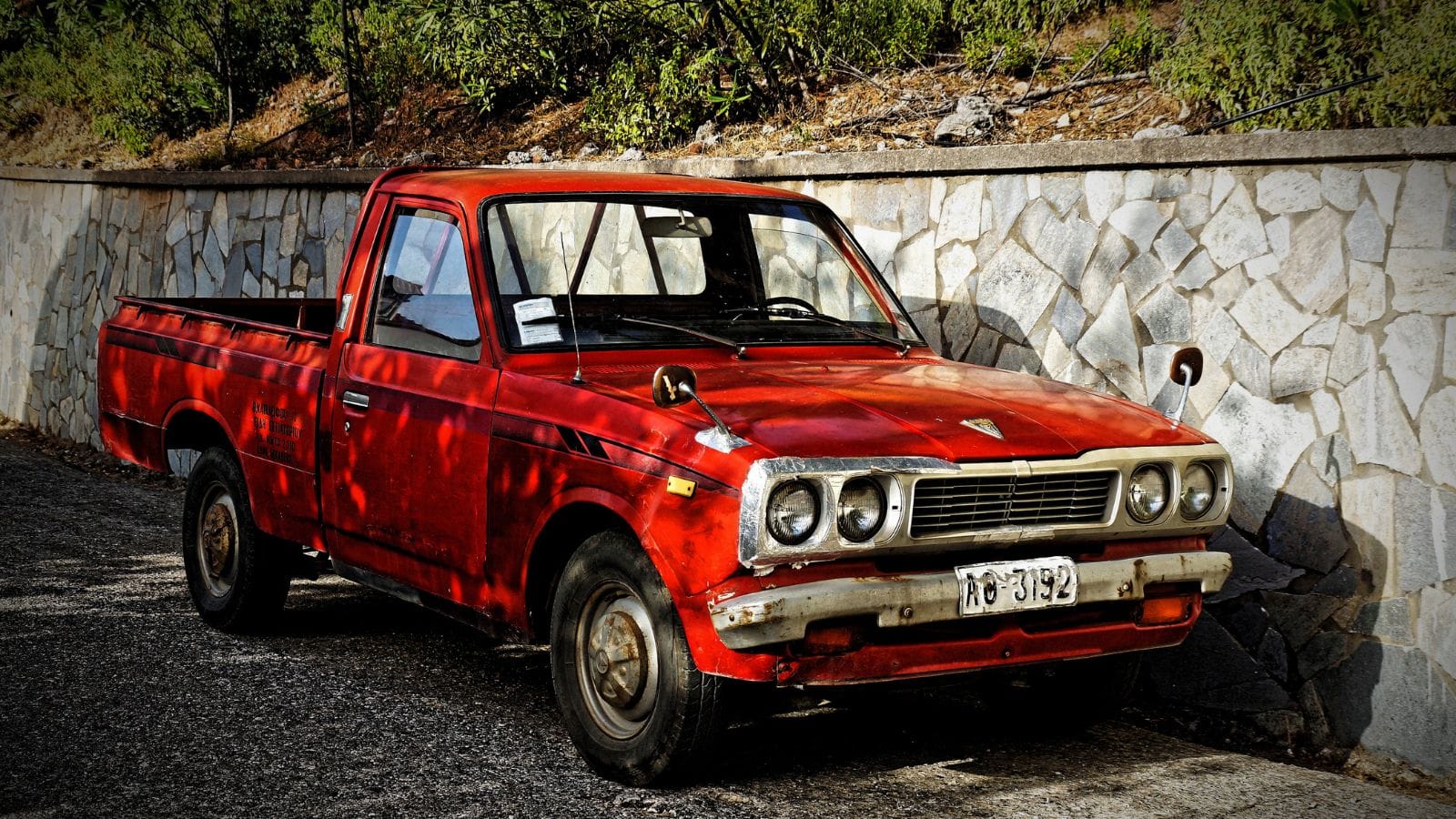
The Toyota Hilux was first introduced in 1968, and its boxy, straightforward body has evolved over the decades. One key aspect of its design is durability—its ladder-frame chassis provides strength for rough terrains, contributing to its reputation as indestructible (famously tested by Top Gear). The rugged aesthetics and advanced engineering make the Hilux a favorite among off-road enthusiasts and regions with harsh driving conditions.
Volkswagen Type 2 (T1)
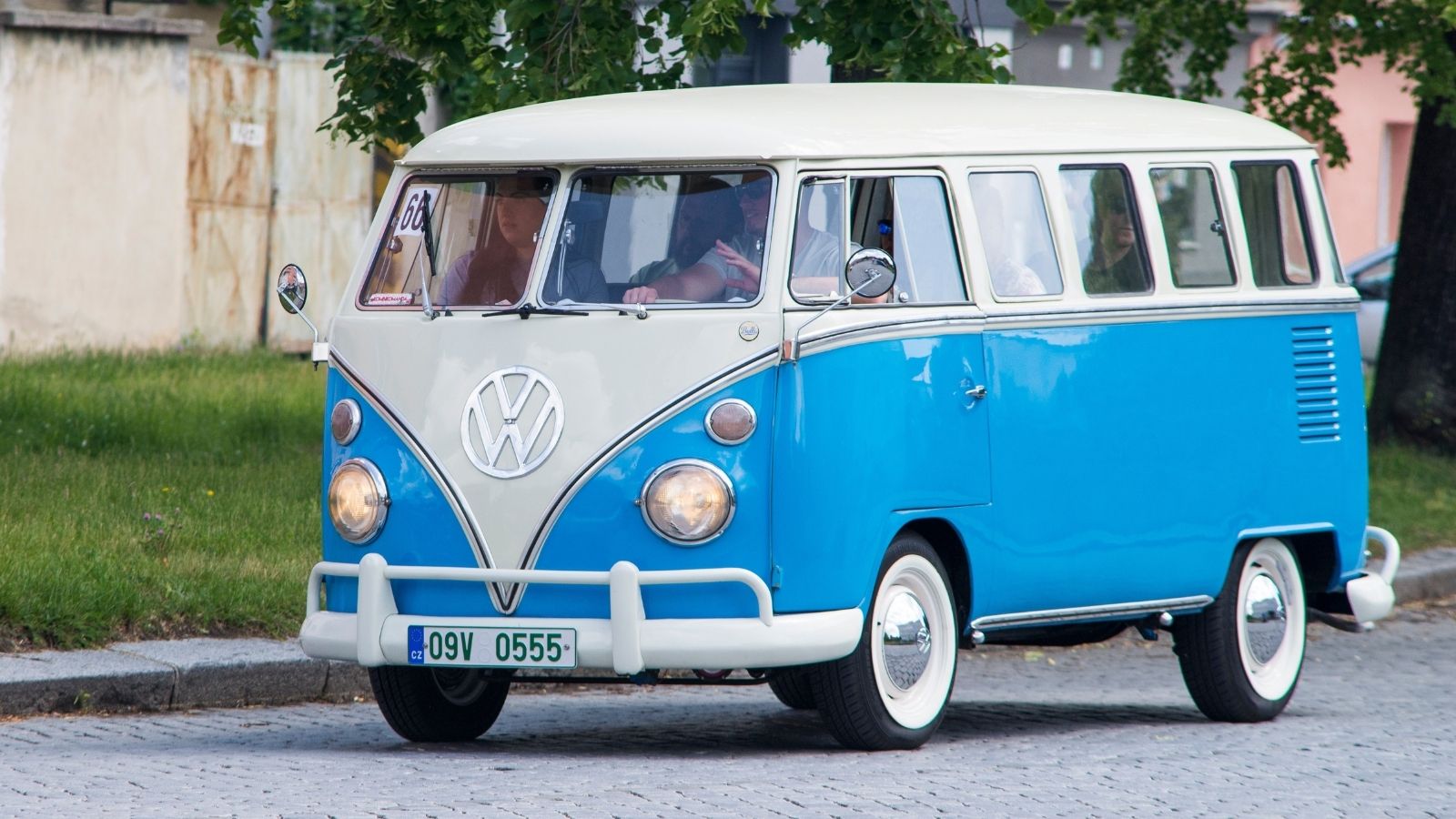
The VW Bus, or Type 2, became the face of the counterculture movement. Its design was inspired by a sketch from Dutch VW importer Ben Pon, who envisioned a boxy, spacious van based on the Beetle platform. The T1’s distinctive split windshield, affectionately dubbed the “Splittie,” gave it a unique look. Also, the rear-mounted, air-cooled 1.1L engine, producing a modest 25 horsepower, allowed for a simple, robust drivetrain, ideal for utility.
Saab 900 Turbo (1978-1994)
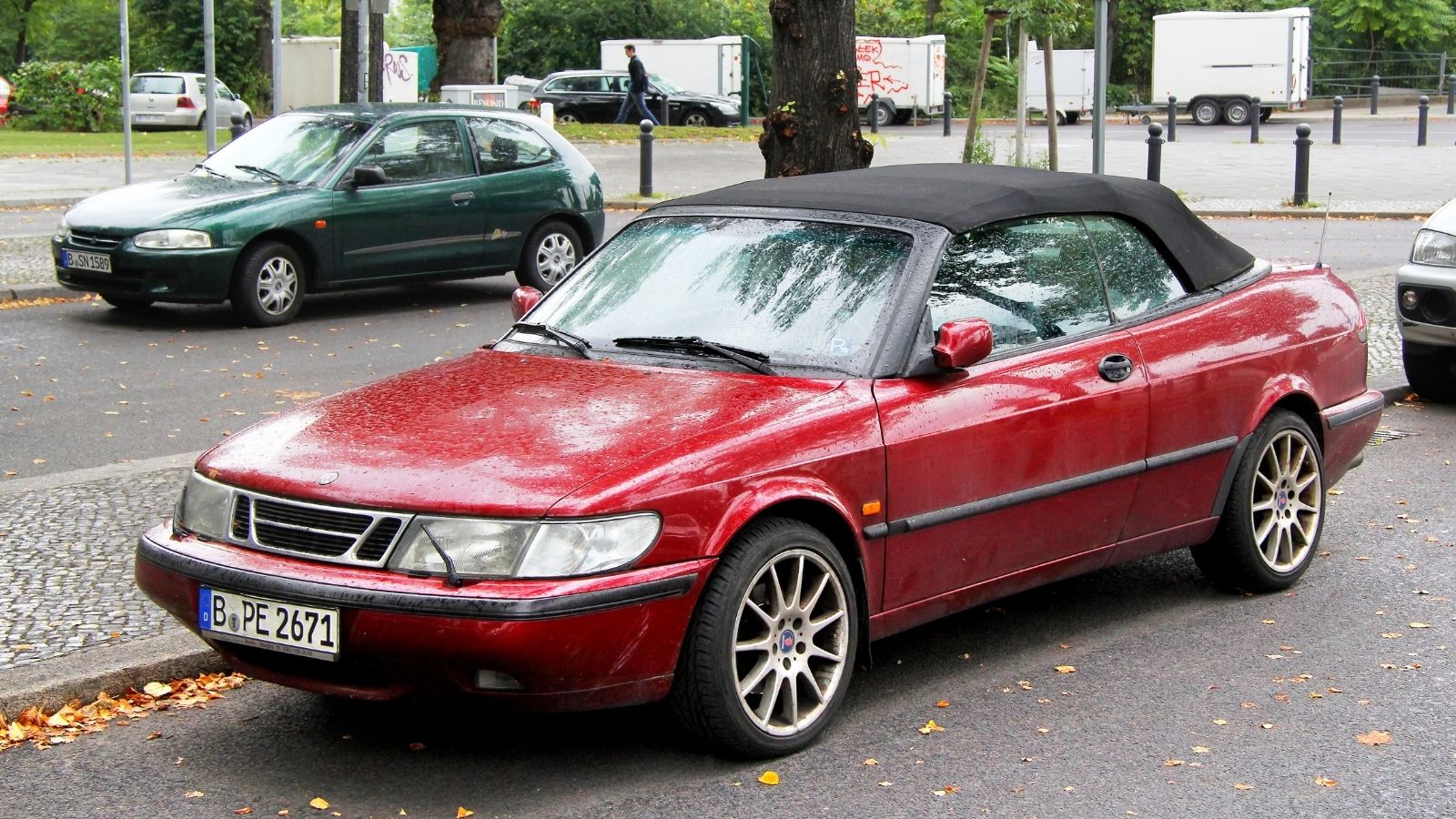
The Saab 900 Turbo was ahead, combining performance, durability, and quirky design into one unusual package. Known for its distinctive “hatchback” shape, the car featured a steeply raked windscreen and a long, curved roofline that improved visibility and reduced drag. Safety was also a hallmark of Saab’s design philosophy. The 900 Turbo had a double-wishbone front suspension, impact-absorbing bumpers, and Saab’s “crash box” design for increased driver protection.
Land Rover Defender (1983-2016)
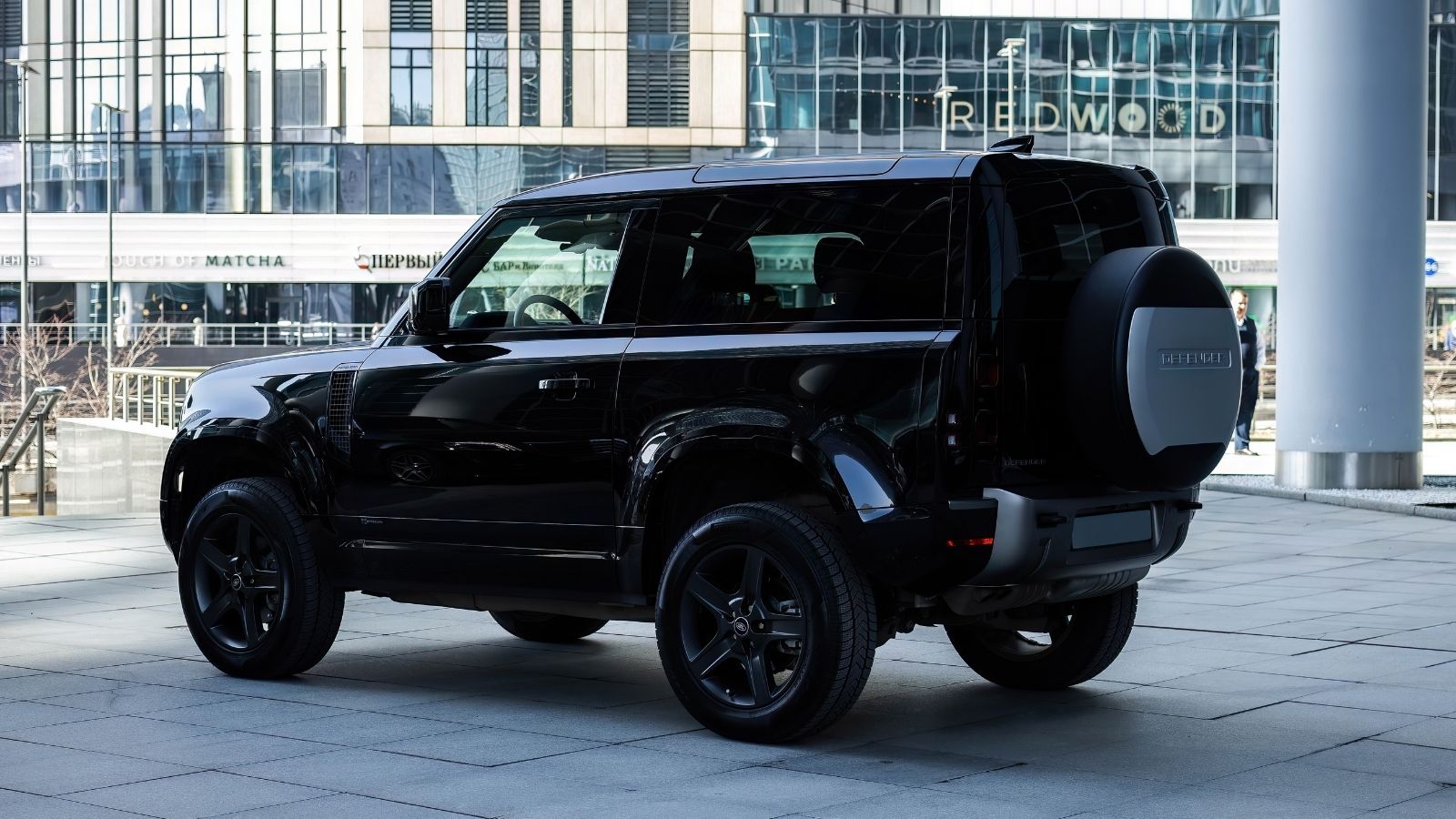
The Land Rover Defender, produced from 1983 to 2016, is a legendary off-road vehicle known for its rugged, utilitarian design. It evolved from the original Land Rover Series models, retaining a boxy silhouette, flat body panels, and a no-nonsense aesthetic focused on functionality. The chassis was built on a sturdy ladder frame, ideal for tough terrains, and the aluminum body reduced rust, a common issue in off-road vehicles. It’s no wonder that the Defender remains the go-to choice for adventurers.
Chevrolet Corvette C3 (1968-1982)

The C3 Corvette, with its distinctive “shark” body style, is more than just eye candy. Under the hood, it boasted an array of engines, starting with a humble 350 cubic inches and peaking at a whopping 454 cubic inches for those who believed bigger was always better. With nearly 500,000 units sold, this beauty proved that Americans love their sports cars like they love apple pie—just a little more expensive.
Volvo 240 (1974-1993)
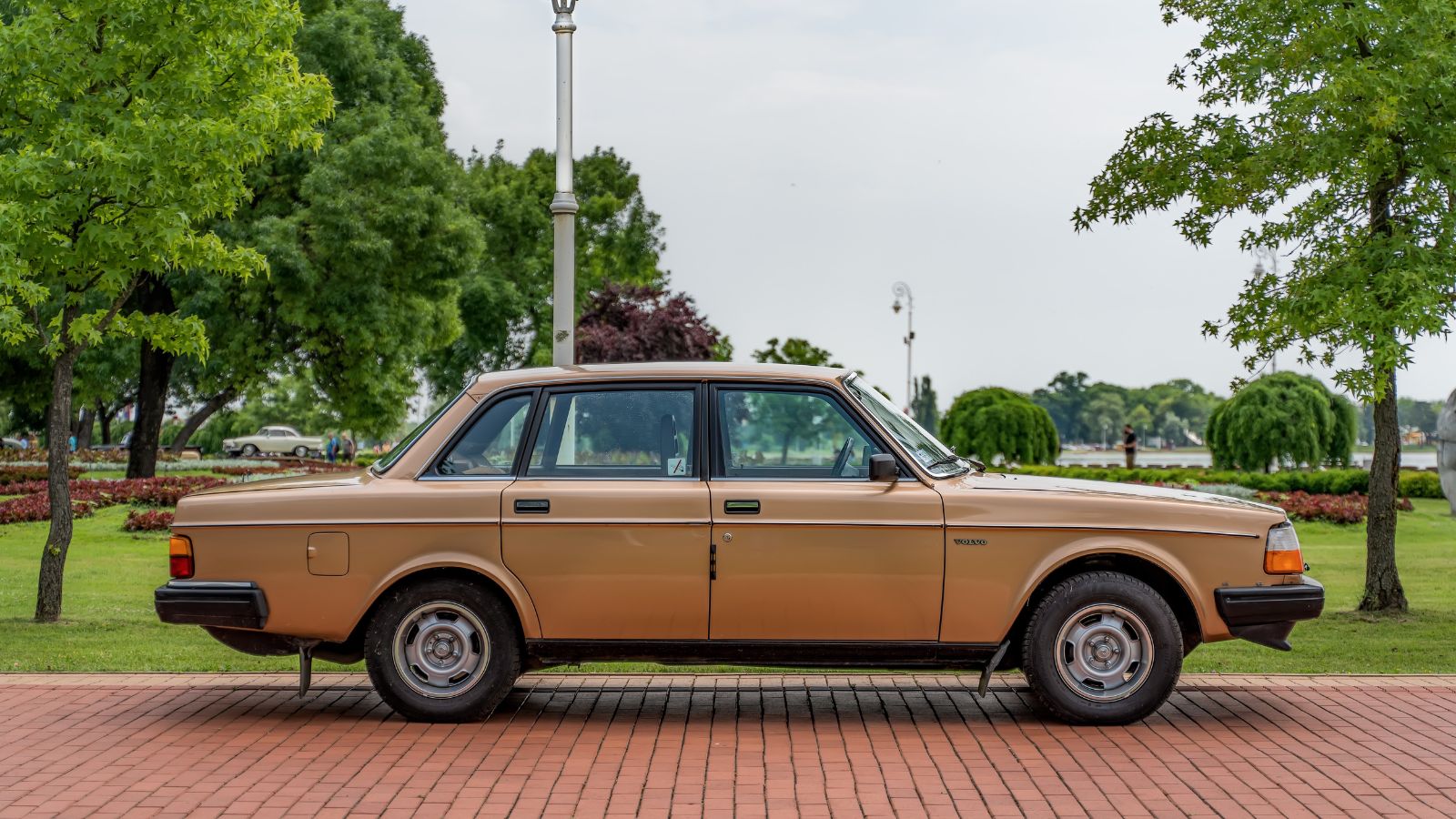
If there’s one car brand known for safety and longevity, it’s Volvo, and the 240 is the crowning achievement of that reputation. It is famous for its boxy design, and under the hood, you’d find a range of engines, from a humble 1.4-liter to a more robust 2.3-liter. Also, safety was no joke, as the 240 featured crumple zones and a robust frame, making it a fortress on wheels.
AMC Eagle (1980-1988)
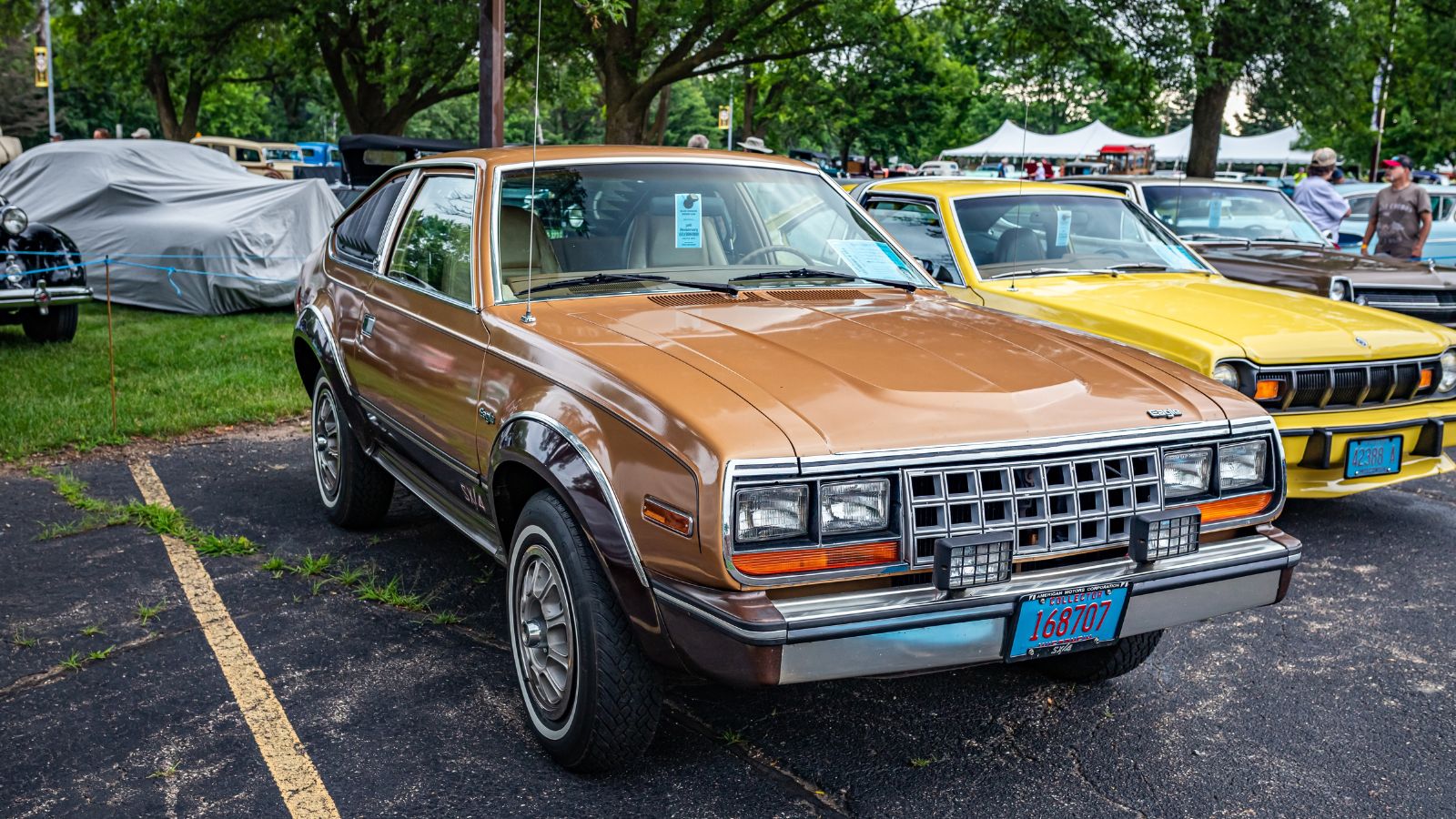
The AMC Eagle was the first mass-produced 4WD passenger car. With its all-wheel drive, it was ready to tackle city streets and off-road adventures. And, with a boxy design reminiscent of a classic Lego set, it became an instant icon of the ’80s. Though not a sales superstar, the Eagle found a loyal fan base, proving that even in a world of sleek designs, there’s always room for a little automotive quirkiness.
Pontiac GTO (1964-1974)
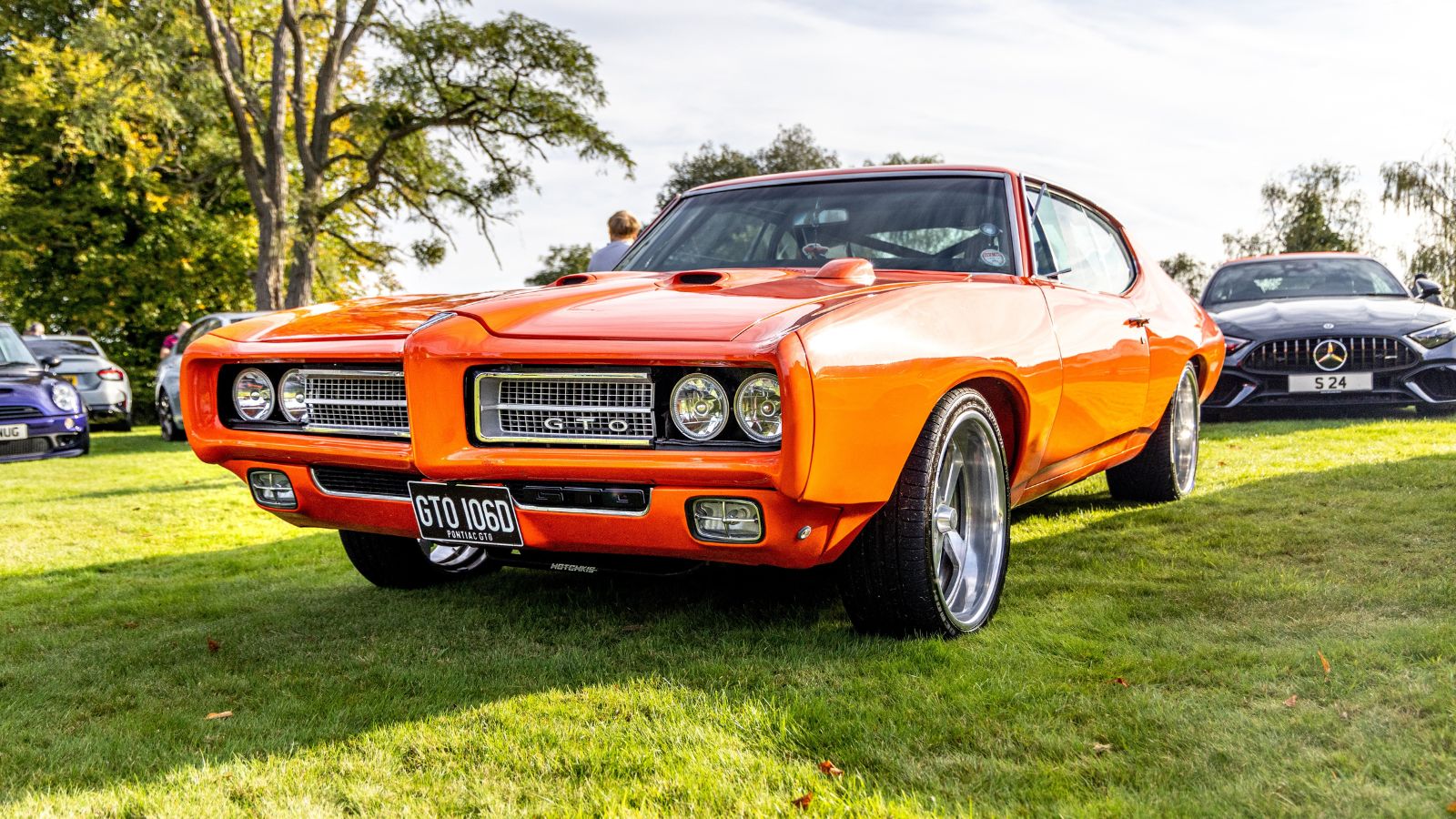
Many consider the Pontiac GTO to be the original muscle car, and it still lives up to its legendary status. Originally born as an option package for the Pontiac Tempest, it quickly became the star of the show, thanks to its powerful V8 engine and sleek design. With a 389-cubic-inch engine in its first year, it could also go from 0 to 60 mph in a blink.
International Harvester Scout (1961-1980)
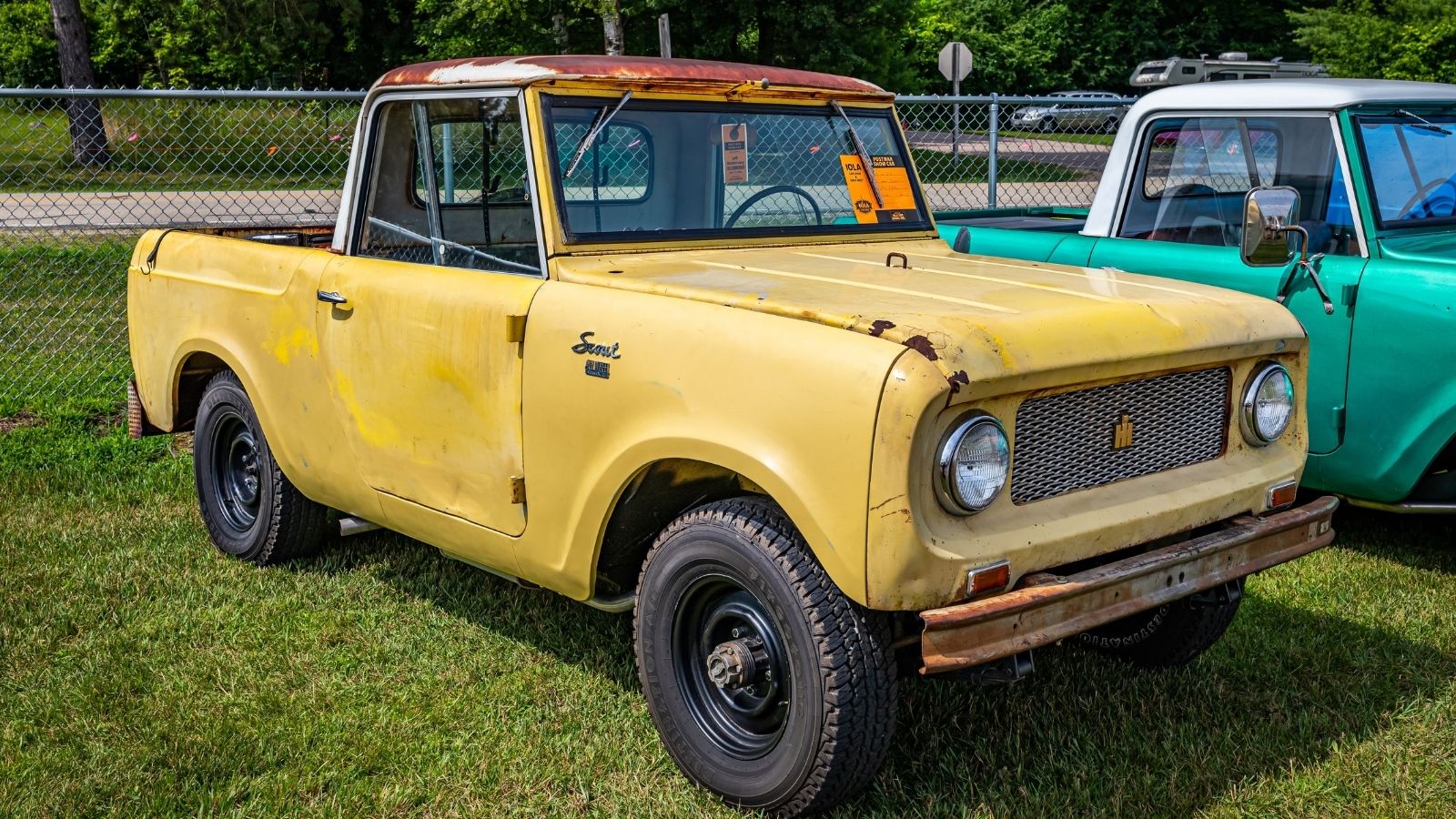
The Scout was among the first American off-roaders, predating the Ford Bronco. With engines ranging from a modest 152-cubic-inch four-cylinder to a beefy 345-cubic-inch V8, it’s the perfect vehicle for hauling hay and your in-laws. Though production ended in 1980, the Scout has developed a cult following.
Peugeot 504 (1968-1983)
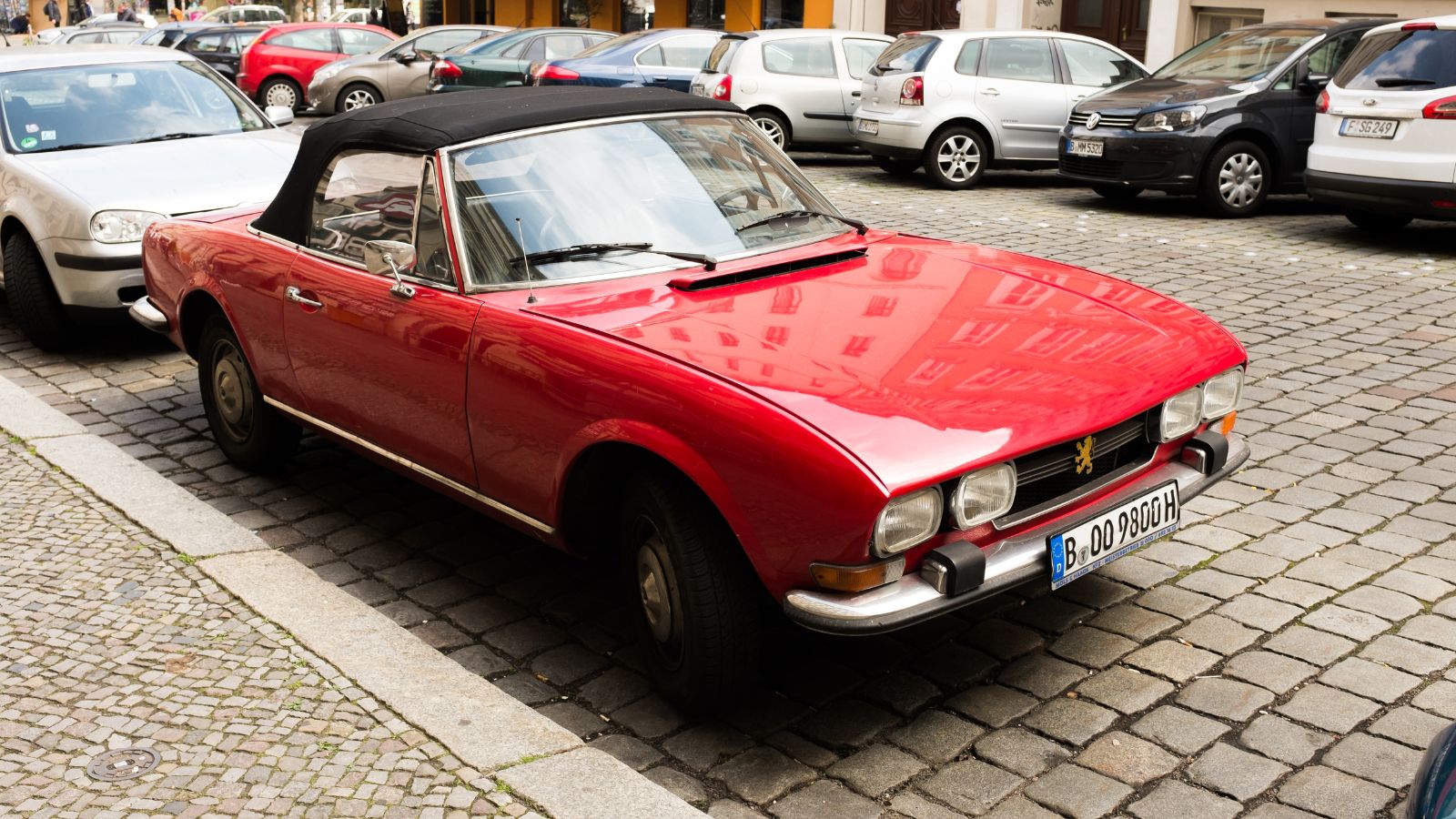
The Peugeot 504 may not be the first car that comes to mind when considering reliability, but it should be. With its unmistakable sleek silhouette, the 504 was a beacon of style in a sea of boxy sedans. Equipped with a 1.6 to 2.0-liter engine, it had power, too. This trusty steed was available as a sedan, coupe, and even a station wagon, proving that Peugeot understood the importance of versatility. It was a favorite among taxi drivers in Africa. The 504 proved that it could handle rough roads and heavy traffic.
Lincoln Continental (1961-1969)
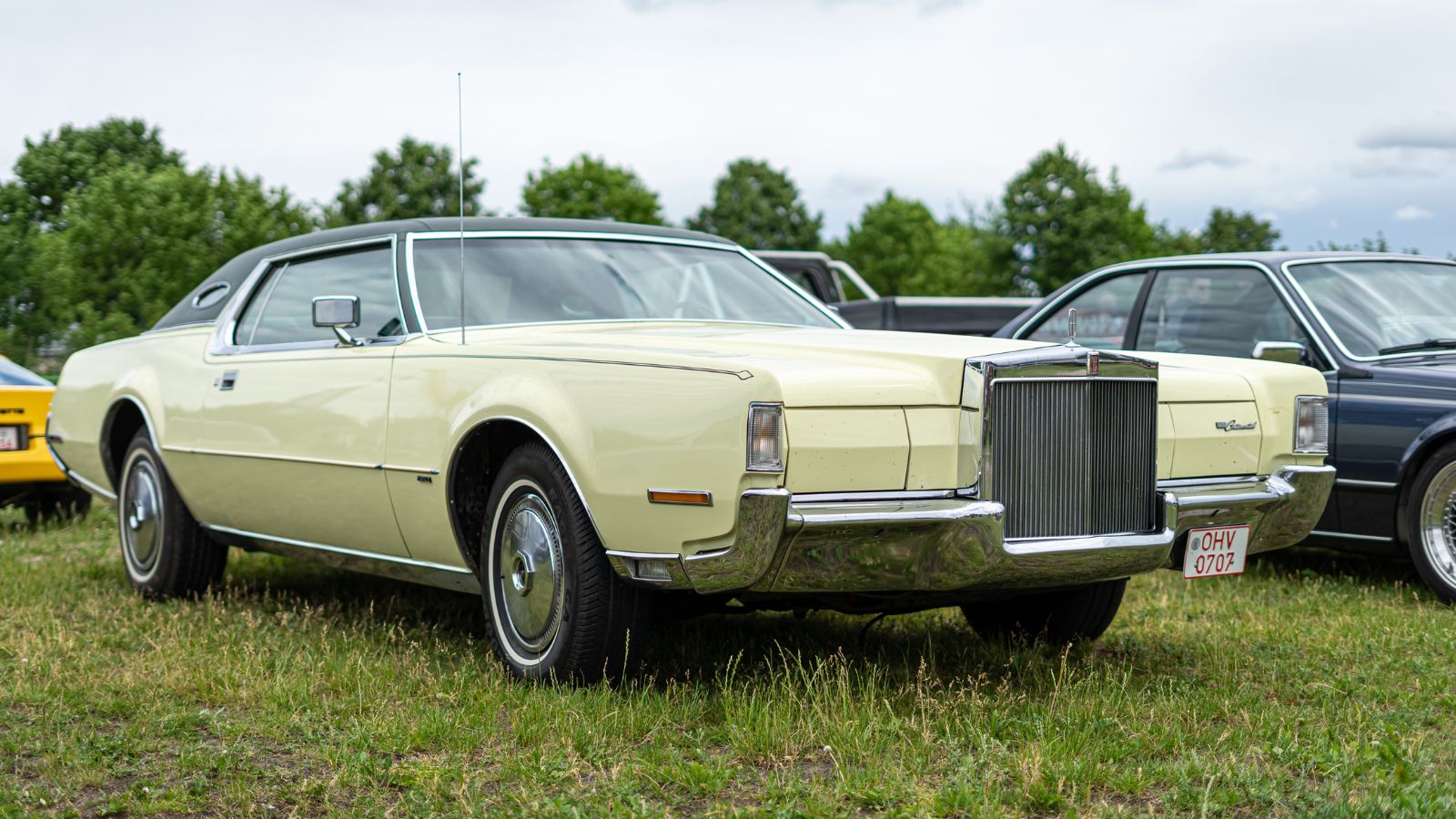
The Lincoln Continental, with its iconic suicide doors, was a fortress on wheels. This luxury sedan was Ford’s grand attempt to blend class with American muscle, featuring a long, low silhouette that practically whispered, “I’m too cool for your average traffic jam.” Also, a 430 cubic inch V8 engine could go from zero to “Whoa, that’s a lot of chrome!” in no time. Inside, it was like lounging in a leather-clad living room, with plush seating and an optional “Mark III” trim that made you feel like a movie star.
Alfa Romeo Spider (1966-1993)
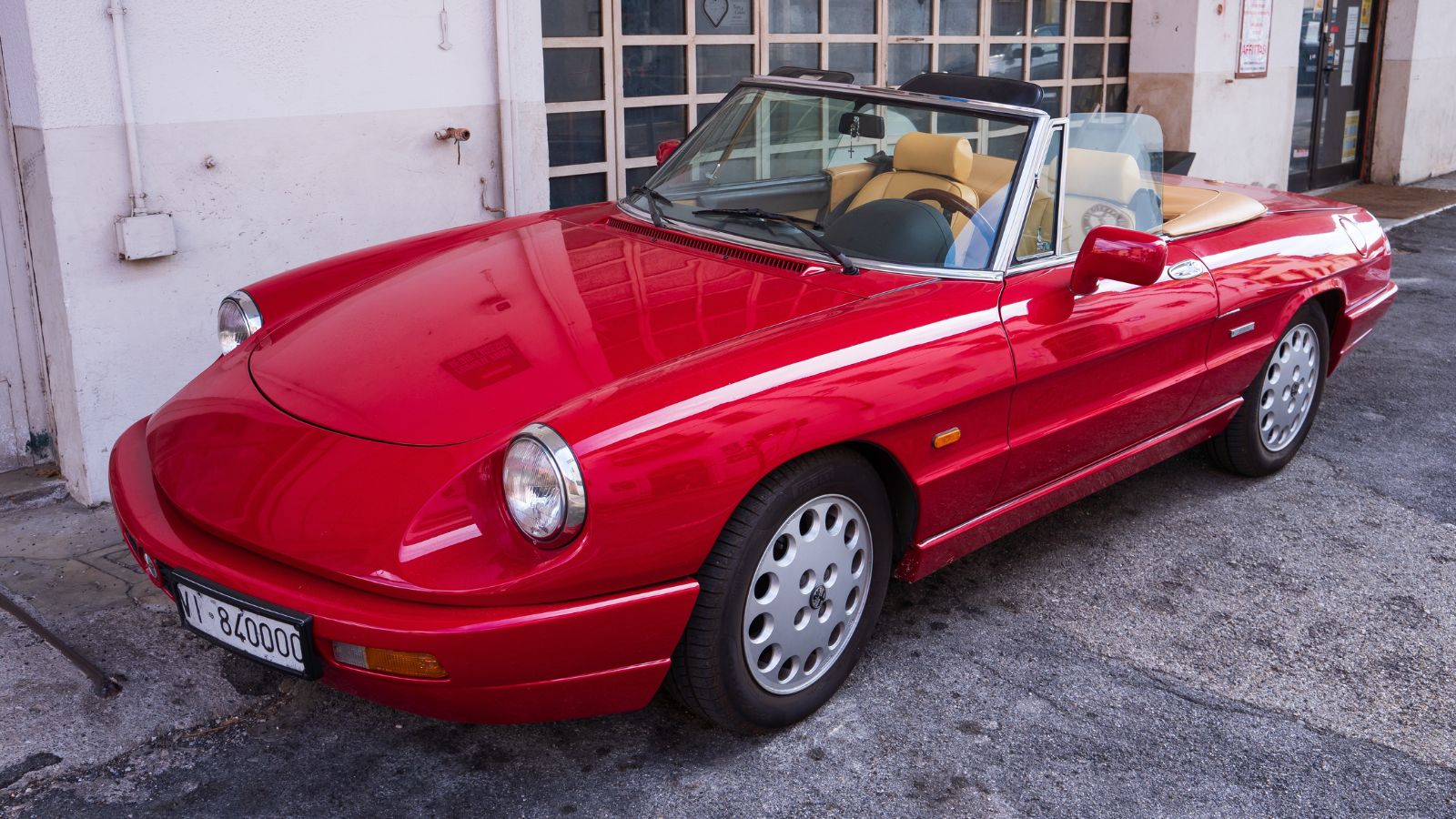
Known for its elegant design and superb handling, the Alfa Romeo Spider is one of those rare Italian cars that’s both beautiful and reliable. Produced until 1993, the Spider had a heart that roared with various engines, starting with a peppy 1.6-liter and graduating to a more robust 2.0-liter. And let’s not forget its starring role in the 1967 film The Graduate, cementing its status as the ultimate symbol of youthful rebellion.
Buick Electra (1960-1970)
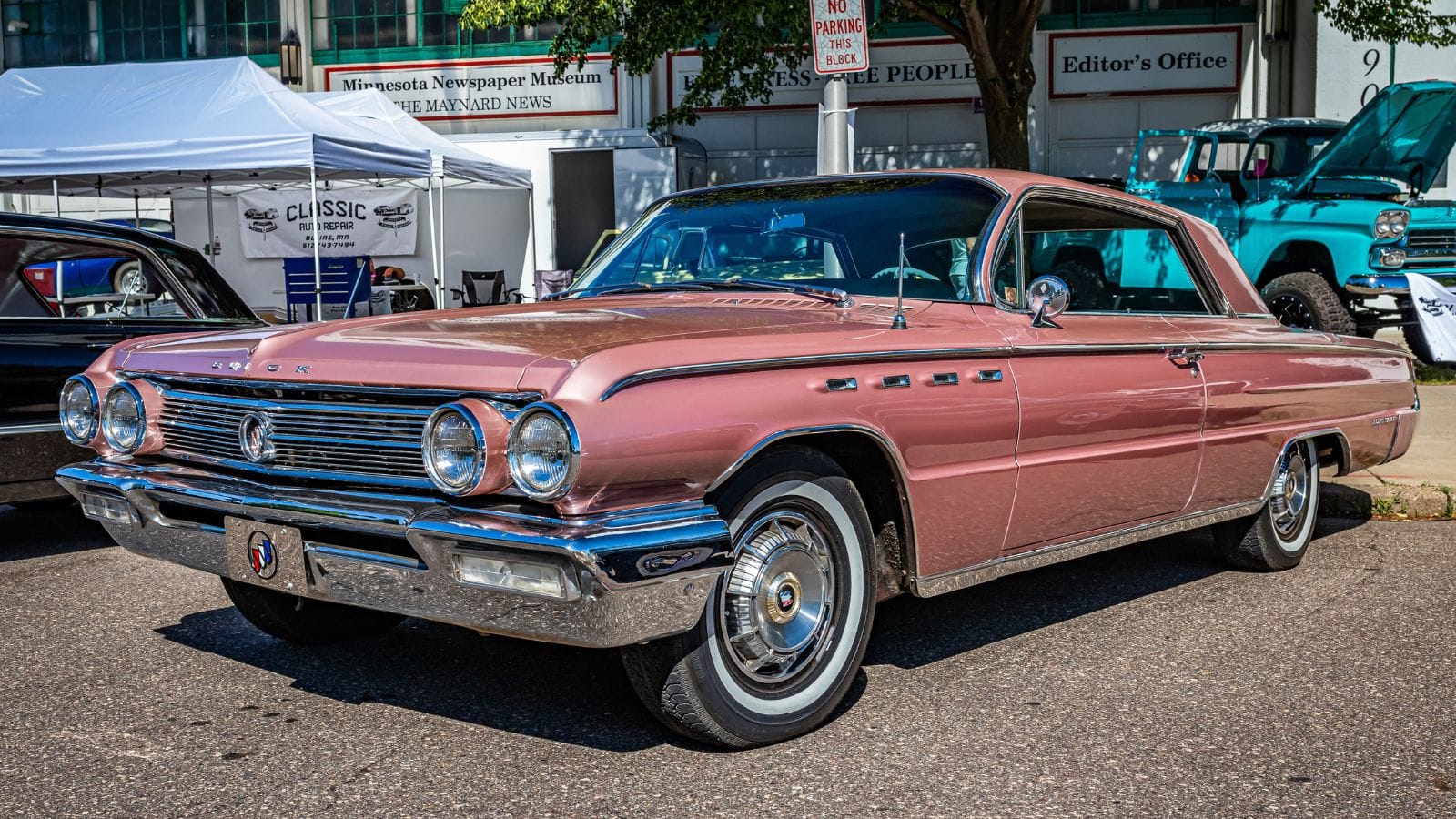
With a body that could practically double as a yacht, the Buick Electra was famous for its cushy interior and smooth ride. The Electra 225, its long-wheelbase variant, was dubbed “the deuce and a quarter” because it was a whopping 225 inches long. Talk about a hefty ride! The Electra underwent several transformations throughout its life, embracing the changing styles of the times, from the groovy ’70s to the flashy ’80s.
Toyota MR2 (1984-1989)
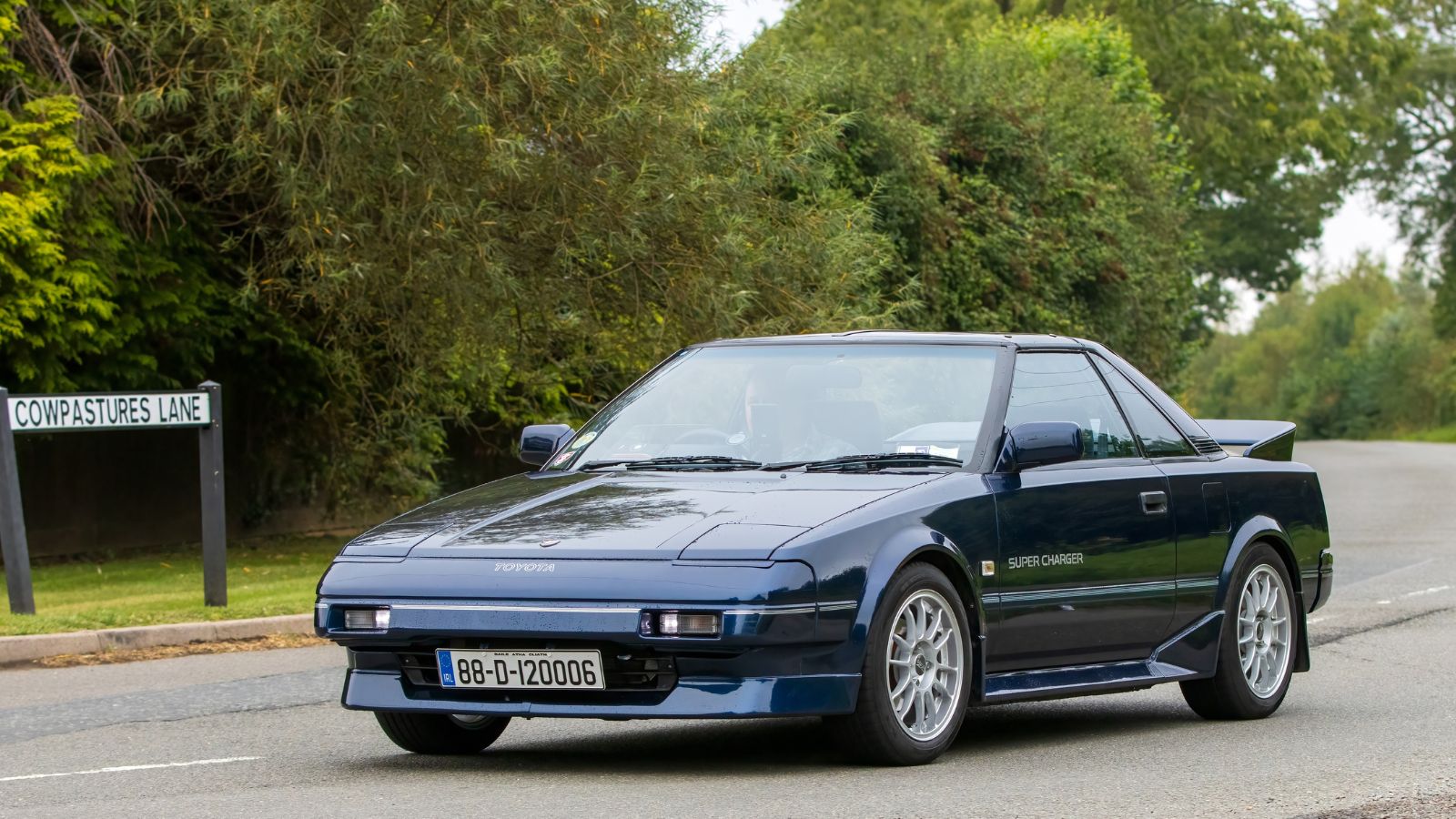
The Toyota MR2, often hailed as a delightful little sports car, debuted in 1984, immediately capturing the hearts of enthusiasts. The first generation (AW11) was powered by a 1.6-liter engine, serving up 112 horsepower, making it feel like a go-kart with extra flair. The second (SW20) introduced turbocharging, giving it a kick of up to 200 horsepower. When we hit the third generation (ZZW30), the MR2 had transformed into a slick, modern roadster with a 1.8-liter engine.
12 Cars That Are Known for Their Unbreakable Reliability — They Just Don’t Quit
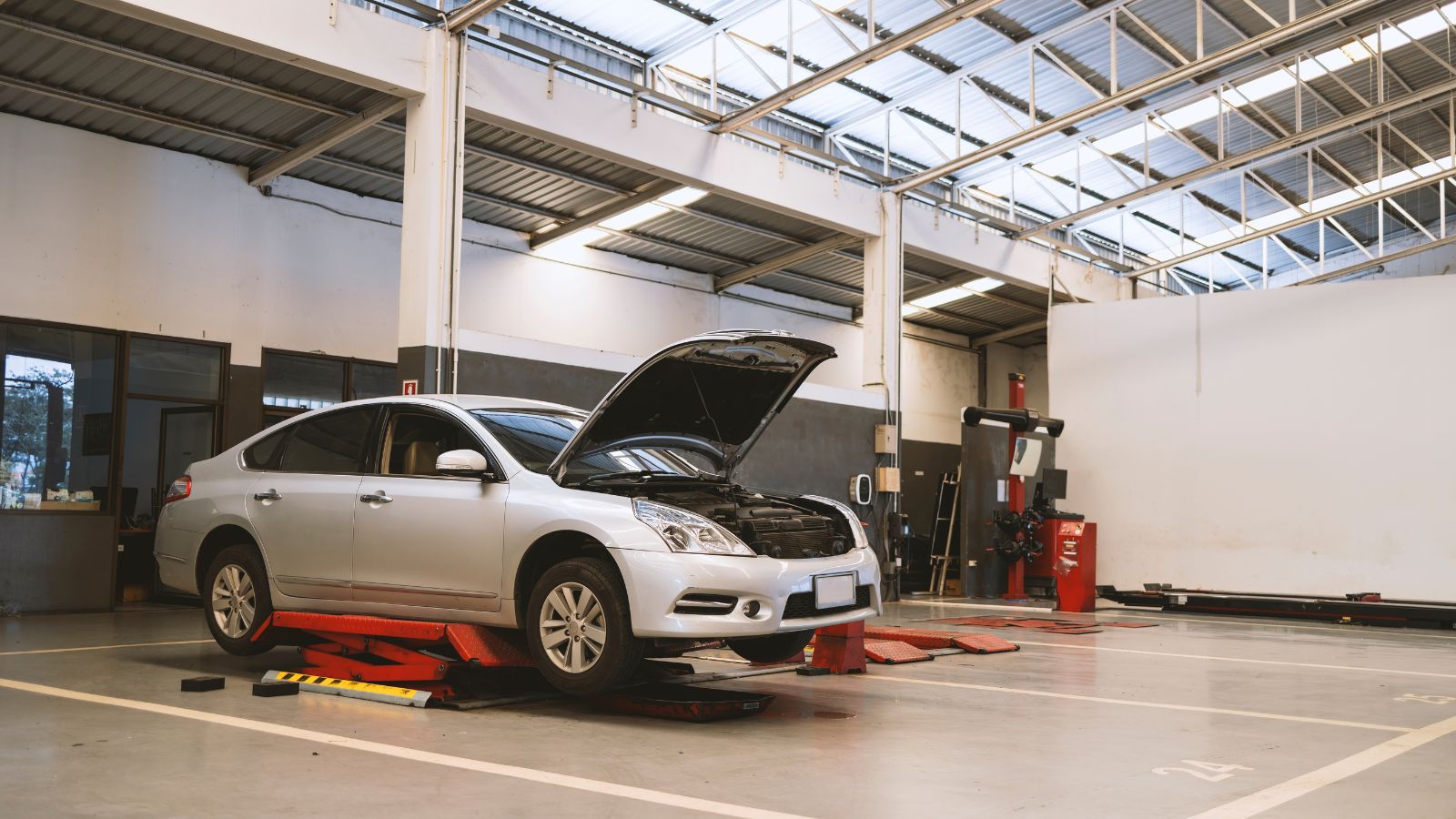
Reliability is a core feature that defines a vehicle. Over the last few decades, some vehicles have emerged as a reliable and durable option, standing out as workhorses that never quit. These vehicles not only prove themselves in terms of performance but transcend their role and become reliable partners, always fulfilling their role. Here are 12 Cars known for their unbreakable reliability.
12 Cars That Are Known for Their Unbreakable Reliability — They Just Don’t Quit
